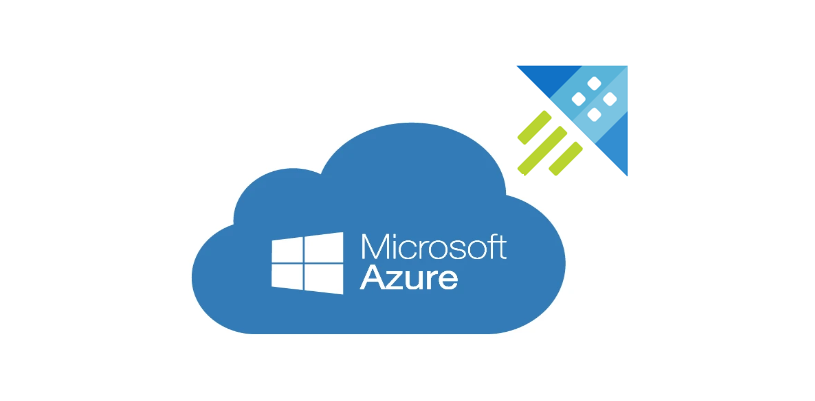The broad Azure stack gives many solutions to different business problems through its services offerings. One of its data analytics services, Azure Data Explorer, focuses on the exploration of big data in its raw state or as it is being streamed in large volumes, in real-time, from various sources.
Azure Data Explorer also offers the ability to ingest and store data within its own database and allows analysis through ad-hoc querying and even in-built dashboards, charts, pivots and more. The in-built operators allow the creation of time series and time-related analysis over big data, which help in detecting anomalies and forecasting. Additionally, it integrates well with other external dashboard tools including Power BI.
Apart from the different modes of ingestion that it offers within itself, one could also orchestrate the ingestion via Azure Data Factory (ADF), using the Azure Data Explorer activity that can be found in ADF pipelines. Likewise, ingestion could be done via the utilisation of other Azure services like Event Hub or directly from an Azure Blob Storage.
All this shows how easy it is to integrate Azure Data Explorer even within an existing and already functioning data architecture.
Azure Data Explorer is built on top of the Kusto engine providing a robust computation and processing power to get analytical results on big data in short time. Kusto has its own querying language, called Kusto Query Language (KQL) which is simpler to learn and use than other querying languages like SQL.
An overview of this service has been provided by one of my colleagues Alex Lai in a blog post, a few months after it was announced by Microsoft.
With the service evolving further since, and with a potential of it evolving even more, Adatis have covered the functionality, features and use cases of Azure Data Explorer in more depth in a whitepaper.
The whitepaper highlights the key benefits that distinguish Azure Data Explorer as an exploration service and covers other related services that are built on the same Kusto engine that also allow analysis via KQL, particularly Azure Sentinel.
Have a read and see how Azure Data Explorer can help you explore your data better and quicker!


Introduction to Data Wrangler in Microsoft Fabric
What is Data Wrangler? A key selling point of Microsoft Fabric is the Data Science
Jul
Autogen Power BI Model in Tabular Editor
In the realm of business intelligence, Power BI has emerged as a powerful tool for
Jul
Microsoft Healthcare Accelerator for Fabric
Microsoft released the Healthcare Data Solutions in Microsoft Fabric in Q1 2024. It was introduced
Jul
Unlock the Power of Colour: Make Your Power BI Reports Pop
Colour is a powerful visual tool that can enhance the appeal and readability of your
Jul
Python vs. PySpark: Navigating Data Analytics in Databricks – Part 2
Part 2: Exploring Advanced Functionalities in Databricks Welcome back to our Databricks journey! In this
May
GPT-4 with Vision vs Custom Vision in Anomaly Detection
Businesses today are generating data at an unprecedented rate. Automated processing of data is essential
May
Exploring DALL·E Capabilities
What is DALL·E? DALL·E is text-to-image generation system developed by OpenAI using deep learning methodologies.
May
Using Copilot Studio to Develop a HR Policy Bot
The next addition to Microsoft’s generative AI and large language model tools is Microsoft Copilot
Apr